|
|
Black Campbells Dwarf Hamsters |
|
|
|
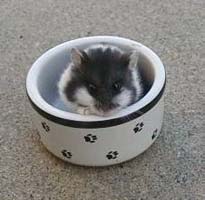 |
|
|
|
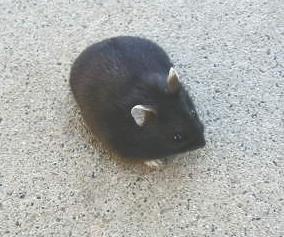 |
|
|
|
|
|
Black Dwarf |
|
|
Black Mottled Dwarf |
|
|
|
|
|
|
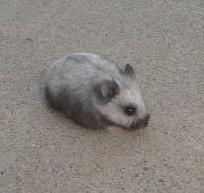 |
|
|
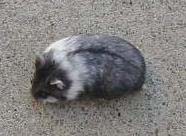 |
|
|
|
|
|
Black Silvering Mottled Dwarf |
|
|
|
|
|
|
Heavily Silvered Black Dwarf |
|
|
|
The black gene (aa) is a recessive gene. Being recessive means that a hamster needs two of these genes (one from each parent) to have the black coloration. The black gene can be carried recessively and not show up in the coat at all. Breeding to a black or to another hamster carrying the black gene, though, will produce some black babies.
The black gene is unique among the hamster genes. All hamsters with two black genes (which includes the blacks as well as the combined colors using black such as blue and dove) will silver with age. Some silver very early while some silver only late in life. It is not yet known if this silvering is a different gene or if it is part of the black gene. If it is another gene, it is closely linked to the black gene. Tests are underway right now to try to better understand the relationship between the black and the silvering. |
|
|
|
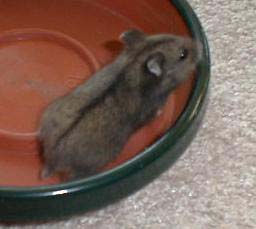 |
|
|
|
This is a picture of a so-called dilute black hamster. Some people believe that the paleness of the black on these animals is due to the dilute gene -- the same gene which causes dilute platinums. My experience does not show this, but I cannot prove it conclusively. Many people, including myself, consider these to be blacks with poor color quality. These animals are rarely kept for breeding but are instead pushed into the pet market where they are very popular. |
|
|
|
|
|
 |
|




